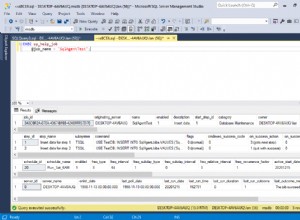Wie Joe vorschlägt, könnten Sie ein HttpModule schreiben, um alle Cookies ungültig zu machen, die vor einer bestimmten DateTime vorhanden sind. Wenn Sie dies in die Konfigurationsdatei einfügen, können Sie es bei Bedarf hinzufügen / entfernen. Zum Beispiel
Web.config:
<appSettings>
<add key="forcedLogout" value="30-Mar-2011 5:00 pm" />
</appSettings>
<httpModules>
<add name="LogoutModule" type="MyAssembly.Security.LogoutModule, MyAssembly"/>
</httpModules>
HttpModul in MyAssembly.dll:
public class LogoutModule: IHttpModule
{
#region IHttpModule Members
void IHttpModule.Dispose() { }
void IHttpModule.Init(HttpApplication context)
{
context.AuthenticateRequest += new EventHandler(context_AuthenticateRequest);
}
#endregion
/// <summary>
/// Handle the authentication request and force logouts according to web.config
/// </summary>
/// <remarks>See "How To Implement IPrincipal" in MSDN</remarks>
private void context_AuthenticateRequest(object sender, EventArgs e)
{
HttpApplication a = (HttpApplication)sender;
HttpContext context = a.Context;
// Extract the forms authentication cookie
string cookieName = FormsAuthentication.FormsCookieName;
HttpCookie authCookie = context.Request.Cookies[cookieName];
DateTime? logoutTime = ConfigurationManager.AppSettings["forcedLogout"] as DateTime?;
if (authCookie != null && logoutTime != null && authCookie.Expires < logoutTime.Value)
{
// Delete the auth cookie and let them start over.
authCookie.Expires = DateTime.Now.AddDays(-1);
context.Response.Cookies.Add(authCookie);
context.Response.Redirect(FormsAuthentication.LoginUrl);
context.Response.End();
}
}
}




